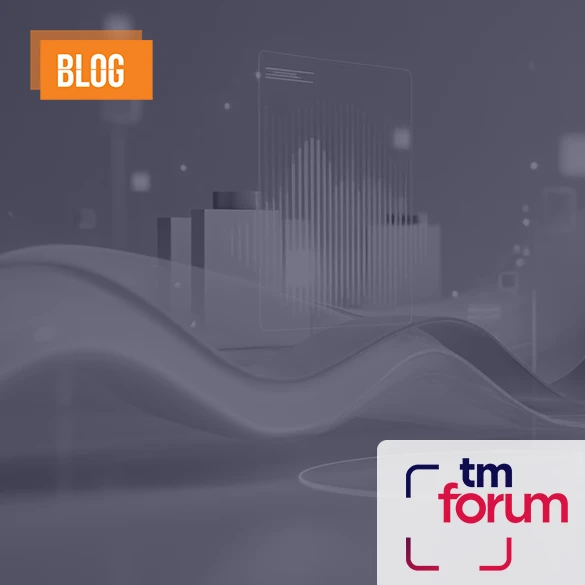Upcoming Experience Shift with Intelligent Slicing


I remember my first phone, a Nokia 5110. I bought it in the late 90s, early 2000s. Although I still don't know why it is one of my most favorite old items. Since then, many things have changed in the telecommunications industry. As a former IP software architect and someone on the telecom software industry's factory floor, I observed innovations that originated mostly on the technology and "inside" the industry.
However, with 5G, the systemic "ego" in the sector, in other words, the structure dedicated to the telecom sector, has been changing and gives its place to a robust “eco” system covering different sectors. TM Forum 2019 reports highlight that the developments also transform the operators' roles, namely defining them ecosystem owners. This new role brings an additional value of approximately 600 billion dollars for operators.
The 5G network is capable of supporting cloud applications. In this way, its service-based architecture can provide a more accessible and flexible interaction capability enriched with other networks and applications. However, as can be expected, the fact that the network is so open makes it more difficult and complex to manage. On the other hand, when operators lost absolute control, this is nothing but complete chaos! At this point, network slicing becomes very important for operators to control the network, hence ensuring a strong monetization efficiently.
However, in the real-world, each operator will work ecosystems with different requirements. It would be an unrealistic expectation that network slicing will be sufficient alone. Today, commercial excellence is achievable only if we can manage custom network slicing for each customer. GSMA defines this customer-specific network slicing approach as tailoring. Thus, operators' customers, or in other words slicing stakeholders, will have the flexibility and freedom to design their slices based on their network capabilities.
One of the critical concerns in slicing customization is network delay. Latency is an issue we are working on as customer experience and network traffic performance indicators. We try to shape all our solutions according to our business partners' network slicing delay expectations. Thus, end users can choose one of the different delay options within subscription packages. Our business partners can offer a price range of 1 to 3 euros for millisecond SLA levels.
We can say that slicing is the first step to a different world that will enable us to present new business forms that are impossible for many sectors before. This possibility will lead to different scenarios. For example, think of a case where a customer visits another country. Today a mobile operator has one option, roaming agreement with visiting operator. Slicing will allow operators to purchase slices from other networks and will give them more flexibility. Operators will offer quality-based (QoS) pricing outside its network as it will enable it to manage essential network parameters such as connection speed, delay, and response speed. So customers will have a chance to experience a similar local network quality.
Different applications can prioritize various aspects of a network using network slices. Our experience shows that artificial intelligence support is essential for operators to commercialize slicing correctly and generate revenue. Therefore, as Etiya, we are working on customer and network intelligence with our advanced artificial intelligence technology. We can create customer-specific forecasting analysis by using service assurance capabilities and KPIs. In my next article, I will deeply focus on this customer and network intelligence with various examples.
As Etiya, we have different collaborations with many operators worldwide. We apply the new network technologies I mentioned above to various services with years of experience in customer experience.
In a short time, we will announce our PoC work with the Level 1 operators and the catalyst project. Besides, we will share our work on significant use cases such as transportation, automotive, smart port, public services, and the like.
Understanding customer experience deeply for different industries and customized AI-driven network slicing capabilities will facilitate business ecosystems where companies can tailor their network slice designs according to customer needs.








